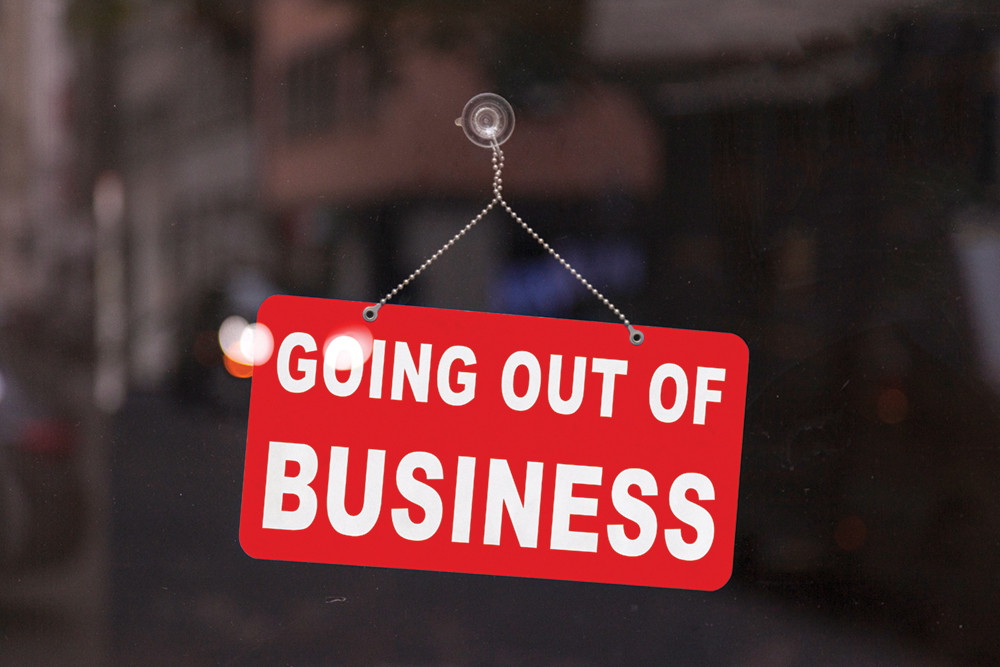
Text by Sajeet M. Rajbhandari
With extensive technological integration in everyday life, digital marketing comes with a plethora of socio-economic opportunities. In a global society where almost five billion people have access to smartphones, it isn’t really much of a surprise that digital marketing has established itself as one of the fastest growing sectors worldwide. This exponential use of digital marketing can even be seen at national level, where businesses both big and small are rethinking the way they promote and sell themselves. As of May 2019, the Nepal Telecommunications Authority reports that there are over 18.6 million internet users out of the 29.9 million individuals in the country. This massive number presents itself as an ideal target for companies and individuals seeking to market themselves; be it through search engine optimisation, social media campaigns, influencer marketing or whatever other colourful facet digital marketing holds.
Take Siddhartha Ghimire for instance. Ghimire has been one the top food bloggers in Nepal. Over the past three years he has amassed over 147k followers on Instagram and strives to maintain an interactive relationship with his followers. In fact, Ghimire is one of the many Nepalis online content makers who have successfully made a business for themselves as micro-influencers.
Online influencers have associated themselves with a particular niche such as food blogging, fashion, fitness and travel; and while these influencers may be limited by their respective niches, they are creating an entirely different business model by monetizing on the influence and reach they have over their followings.

“I don’t really have to sell myself. In fact, it’s often the other way, with businesses asking me to feature them.”
Siddhartha Ghimire
Food Blogger
Ghimire has multiple endorsement deals and sponsorships from brands like Samsung, Metro-mask, and 361 degrees. In return Ghimire features these brands in his Instagram posts and stories. “I don’t really have to sell myself,” claims Ghimire. “I don’t go around saying that I am a food blogger. In fact, it’s often the other way, with businesses asking me to feature them.” Things like paid promotions, brand ambassadorships, endorsements have become tools that maintain the symbiotic relationship that influencers and businesses have created for themselves.
From A-list Hollywood celebrities sporting a ‘Beats’ headphone on their latest Snapchat story to a Nepali food blogger posting a photo stating that it was taken by the latest Samsung flagship, influencer marketing has become a norm when it comes to marketing brands and businesses. With micro-influencers that get anywhere from Rs. 1o,000 to 25,000 per post, influencer marketing has provided a creative solution for businesses seeking to also develop a sense of brand awareness.
When asked what sets a food blogger apart from a restaurant review in a daily paper, Ghimire answers, “In a newspaper, people can’t follow up on the restaurant or the product. Whereas online, people can message me, or comment on my post and I can instantly reply or interact with them. In the papers, readers have no idea who wrote the features, but in my case, my viewers have been following me and my posts everyday which creates a connection between us,” adds Ghimire.
Prabodh Siwakoty, a business analyst and co-founder of Marching Ants, a company that provides digital marketing and analytics solution, agrees with Ghimire on the interactive nature of digital marketing. According to Siwakoty, digital marketing not only presents itself as a medium for brand advertisement but also a platform that allows for the study of how a brand is performing and how it can improve. The very nature of digital marketing allows users to express their opinions directly to a brand. Companies like Marching Ants allow for brands to compile these comments, inbox messages and interactions from different online platforms and conduct what is called ‘text mining’, identifying the different kinds of words and phrases used, associating them with sentiments that users share in order to figure out the flaws and shortcomings of a brand.

Prabodh Siwakoty
Business analyst and co-founder of Marching Ants
Besides this, Siwakoty goes on to explain that the analytics and data that a well thought out digital marketing campaign creates is far more of a resource than the exposure traditional means can provide. “The best thing about digital marketing is personalisation. It is because of this factor that digital marketing has an edge over traditional marketing,” describes Siwakoty. “If you put an advert in a leading paper, you won’t find out how many people saw it or if the advert reached the target audience. On the other hand, in digital marketing, you get to know the number of impressions the advert got, the age group of the people that saw the advert, and the number of interaction the advert witnessed.” Not only does this allow for cost effective marketing, but also if used wisely can create good brand awareness amongst target demographics.
Social media platforms like Instagram, Facebook, and YouTube run on the basis of algorithms that calculate engagement and interaction in order to sort out the posts that users see; this is something brands can use in their favour. Even in Nepal, brands like Tuborg, KKFC and Jagadamba have invested in creating creative engagement solutions like chat stickers on the popular messaging app, Viber or sponsoring popular musicians and YouTubers.

Atulya Pandey
Co-founder of Outside, a digital agency
With over 60,000 registered and non-registered e-commerce websites in Nepal alone, when talking about digital marketing, it is key that one must also keep in mind the emergence of online marketspaces and e-commerce sites and how people and economy adapt to it. So how do people actually respond to digital marketing and online marketspaces? What Atulya Pandey - co-founder of Outside, a digital agency - and his team found out was that trends in South East Asia showed that there were people who spent 8-9 hours a day on average on Facebook. “When you’re spending one-third of your day on a digital platform, the digital marketspace or ecosystem might as well have taken over a sizable chunk of what is the physical market,” says Pandey. The digital market, according to him, allows consumers easier access and overcomes physical hinderances.
Pandey, however, adds, “Having said that, as a business it is important to conduct market study. There’s a thing called ROPO (research online purchase offline.) What we came to realise was that, areas such as Latin America, show trends of research online purchase online while areas like South East Asia show trends of research online purchase offline” This means that a large part of the South East Asian consumers have the tendency to look up relevant product information online before actually going to a physical location to buy it. Even though this might be a tendency for Nepali customers, the online market space does show an incremental trend. An example would be that of ‘Zoop Car’ a company that sells refurbished vehicles online. Just over three months old at the time of writing, this young company has cultivated a decent user traffic with 9000+ followers on Facebook and has grown to become a self-sustaining business.

“It’s not uncommon for people to see that whenever you go to a site like Daraz, and then go to Facebook, an ad from Daraz pops up in your feed”
Sujan Shrestha
Co-founder of Outside
However, the only catch is that Zoop Car does not have a physical location and simply works by connecting sellers with potential buyers.
When it comes to users too, there is an entire process on how a platform targets advertisement and sponsored content towards individual screens.
Sujan Shrestha, also co-founder of Outside, explains, “It’s not uncommon for people to see that whenever you go to a site like Daraz, and then go to Facebook, an ad from Daraz pops up in your feed.” He further explains that sites like these make use of third-party cookies and carry on what is essentially known as free targeting. These cookies then go on to retarget products and ads to the feeds of users on other platforms. Sites such as Google even monitor user search behaviour in order to create preferences based on individual users. Shrestha explains this with an example, “Say I was to order a beer from Cheers each Friday, the company could take note of this trend and direct stuff like ads and push notification regarding the beer I purchase every Friday.”
Although, digital marketing might still come up as something alien to many domestic businesses, it has certainly proven to be a potent tool to have up your sleeves. Factors such as cost, circulation, call to action and personalisation have certainly put digital marketing into everybody’s radar; and while it hasn’t totally eaten up the traditional trends that exist in marketing, it is certainly working its way up. Keeping this in mind, it is safe to assume that digital marketing shows great promise at both national and international levels, for both individual users and businesses alike.





